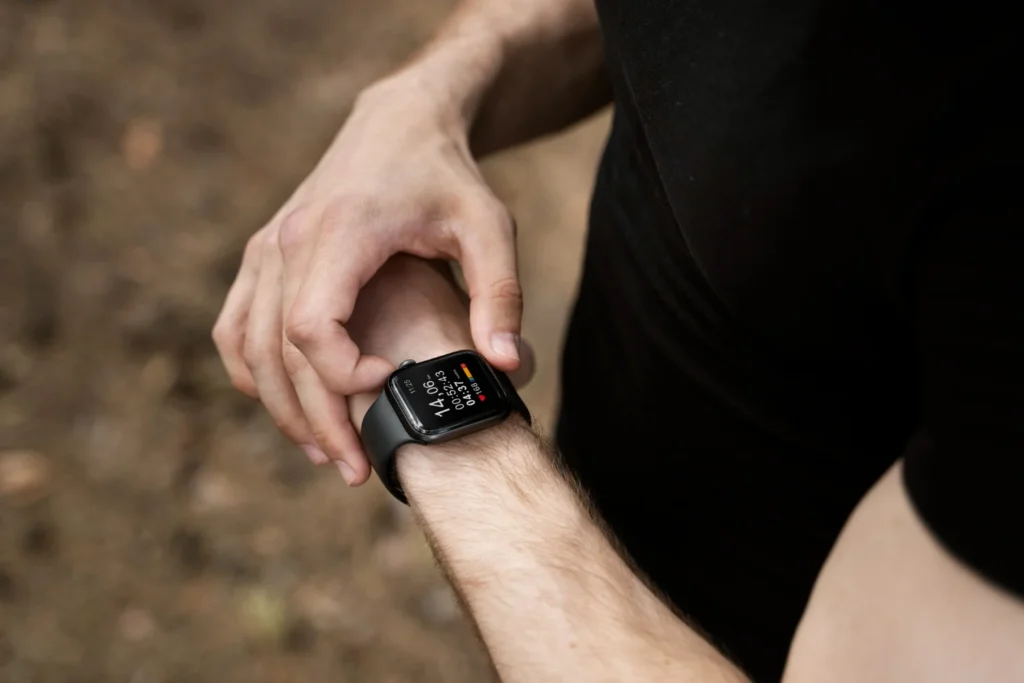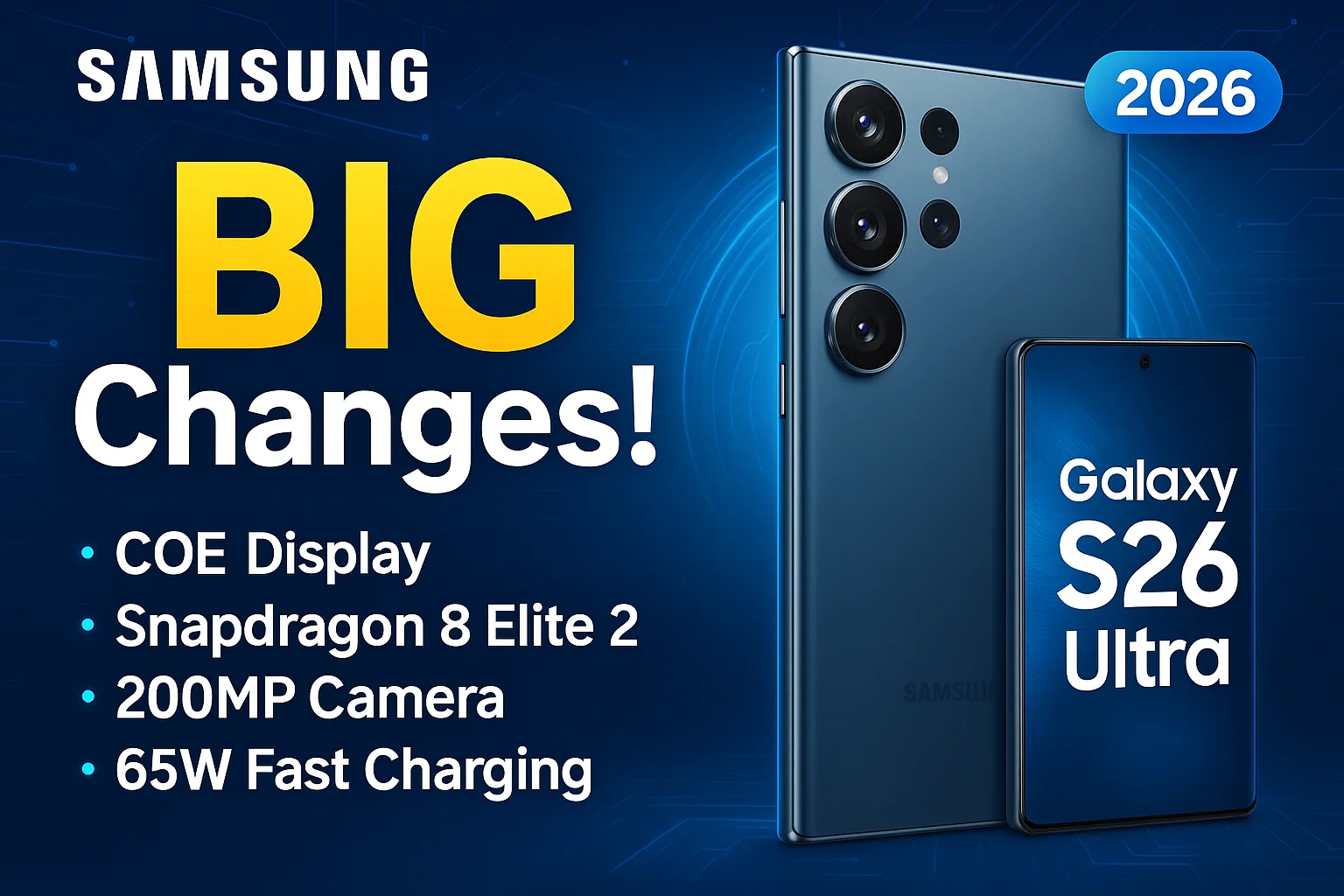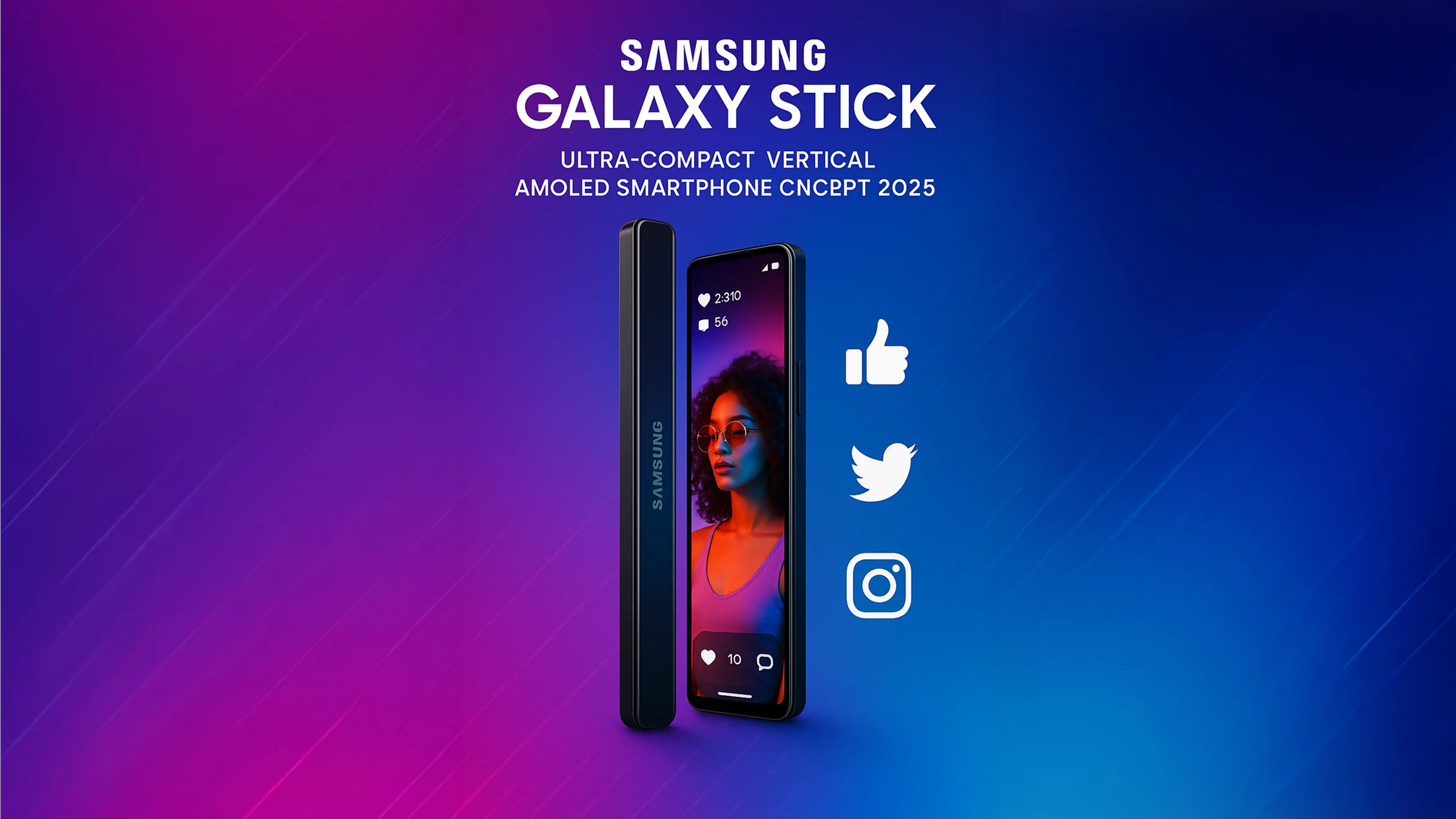Upcoming Wearable Tech in 2025: What to Expect and Who Should Buy
- admin
- gadget

Wearable technology is rapidly evolving, and 2025 is set to be a breakthrough year for innovative, health-focused, and stylish devices. From smartwatches and smart rings to AR glasses and wearable exoskeletons, the upcoming wearable tech in 2025 promises to make our lives healthier, more connected, and more efficient. In this comprehensive review, we’ll explore the biggest trends, the most promising devices, their features, pros and cons, and who should consider investing in these next-generation wearables.

1. Advanced Health Monitoring
One of the most significant trends in wearable tech for 2025 is the shift from basic activity tracking to advanced health monitoring. Devices are now equipped with sensors that can track heart rate, blood oxygen, hydration, glucose levels, and even detect atrial fibrillation (AFib). The Circular Ring 2 and Luna Ring 2 are leading examples, offering FDA-approved ECG and subscription-free health insights.
Features:
- Real-time heart rate, ECG, and sleep tracking
- Hydration and glucose monitoring
- Stress and mood analysis
Pros:
- Early detection of health issues
- Personalized wellness recommendations
Cons:
- May require regular calibration
- Privacy concerns with sensitive health data
User Profiles:
- Health-conscious individuals
- People managing chronic conditions
- Athletes and fitness enthusiasts

2. AI-Powered Personalization
Artificial intelligence is transforming wearables into proactive health and lifestyle coaches. In 2025, expect wearables that use AI to analyze your habits and provide tailored advice for sleep, exercise, hydration, and stress management.
Features:
- Adaptive workout and sleep plans
- Real-time hydration and nutrition reminders
- AI-driven productivity and focus suggestions
Pros:
- Highly personalized experience
- Improved health and productivity outcomes
Cons:
- Some features may require a subscription
- Learning curve for new users
User Profiles:
- Busy professionals
- Students
- Anyone seeking a smarter, more personalized lifestyle

3. Fashion-Forward Designs
Gone are the days when wearable tech was bulky and unattractive. In 2025, brands are focusing on sleek, minimalist, and even luxury designs. Smart rings like the Ultrahuman Ring Air and Noise Luna Ring 2 combine fashion with function, while designer smartwatches and customizable straps let users match their devices to their personal style.
Features:
- Slim, lightweight profiles
- Customizable straps and finishes
- Discreet, jewelry-like appearance
Pros:
- Comfortable for all-day wear
- Suitable for formal and casual settings
Cons:
- Some luxury models are expensive
- Limited display size on rings
User Profiles:
- Fashion-conscious consumers
- Professionals
- Anyone wanting discreet health tracking

4. Wearables for the Workplace
Workplace wearables are gaining traction, especially in industries like logistics, manufacturing, and healthcare. AR glasses and wearable exoskeletons are helping workers stay safe, productive, and connected.
Features:
Real-time AR overlays for instructions and navigation
Exoskeletons for lifting and mobility support
Hands-free communication
Pros:
Boosts productivity and safety
Reduces workplace injuries
Cons:
High initial investment
Limited consumer availability
User Profiles:
Industrial workers
Field technicians
Remote teams
5. Mental Health & Wellness Tracking
Mental health is a major focus for wearable tech in 2025. Devices now track mood, stress, and even offer guided meditation and breathing exercises.
Features:
Mood and stress detection
Guided mindfulness and relaxation sessions
Sleep quality analysis
Pros:
Supports holistic wellness
Early intervention for mental health issues
Cons:
Not a substitute for professional care
May not be 100% accurate
User Profiles:
Students
Professionals under pressure
Anyone seeking better mental health

6. Eco-Friendly and Sustainable Wearables
With growing environmental awareness, many brands are introducing wearables made from recycled materials, using solar charging, and improving battery efficiency.
Features:
Recycled or biodegradable materials
Energy-efficient sensors and displays
Solar or kinetic charging
Pros:
Reduces environmental impact
Longer battery life
Cons:
Fewer options available
May cost more upfront
User Profiles:
Eco-conscious buyers
Early adopters of green tech

7. AR, VR, and Enhanced Connectivity
The next wave of AR glasses and VR headsets is making immersive tech accessible for education, gaming, and even daily productivity. With 5G and emerging 6G networks, wearables now offer seamless integration with smart homes, vehicles, and IoT devices.
Features:
High-resolution AR overlays
VR for fitness, education, and entertainment
Always-on connectivity
Pros:
Expands use cases beyond fitness
Enables new forms of learning and interaction
Cons:
Can be expensive
May require powerful smartphones or PCs
User Profiles:
Gamers and tech enthusiasts
Educators and students
Early adopters of immersive tech
Top Upcoming Wearable Devices in 2025
Smartwatches
Apple Watch Series 10: MicroLED display, advanced health sensors, and deeper iOS integration.
Samsung Galaxy Watch 7: Improved battery life, new health features, and seamless Android experience.
Garmin Instinct 3: Rugged, GPS-focused, and perfect for outdoor adventurers.
Smart Rings
Circular Ring 2: FDA-approved ECG, subscription-free, and works with all major smartphones.
Noise Luna Ring 2: Stylish, comprehensive health tracking, and affordable.
Ultrahuman Ring Air: Focuses on metabolic health and sleep optimization.
AR Glasses & Exoskeletons
Lightweight AR Glasses: For navigation, productivity, and real-time instructions.
MO/GO Power Pants: Wearable exoskeletons for mobility and fatigue reduction.
Pros and Cons of Upcoming Wearable Tech in 2025
Pros:
- Advanced health and wellness tracking
- Personalized AI-driven insights
- Stylish, customizable designs
- Expanding use cases (workplace, mental health, AR/VR)
- Eco-friendly options and better battery life
Cons:
- Some devices require subscriptions
- Privacy concerns with health and location data
- Higher price points for premium models
- Early-stage tech may have limited support
Who Should Buy the Latest Wearable Tech in 2025?
- Health Enthusiasts: For proactive health monitoring and wellness insights.
- Busy Professionals: To boost productivity, manage stress, and stay connected.
- Fashion-Conscious Users: For tech that matches your style.
- Outdoor Adventurers: Rugged wearables for hiking, sports, and exploration.
- Tech Early Adopters: To experience the latest AR, VR, and AI-powered devices.
- Eco-Conscious Buyers: For sustainable, energy-efficient wearables.
Recommendations: How to Choose the Right Wearable
- Identify your main goal: Health, productivity, style, or entertainment?
- Check compatibility: Does it work with your phone and ecosystem?
- Consider comfort: Will you wear it all day?
- Look for future-proof features: AI, advanced sensors, and regular updates.
- Set a budget: Decide which features are must-haves.
Final Thoughts
2025 is shaping up to be a revolutionary year for wearable technology. With smarter health monitoring, AI-powered personalization, stylish designs, and new applications in work and play, the latest wearables are more than just gadgets-they’re essential companions for a modern lifestyle. Whether you’re upgrading your fitness routine, managing your health, or simply staying ahead of the curve, there’s a wearable for you.
Are you ready to embrace the future of wearable tech? Explore the latest launches and find the perfect device to enhance your life in 2025!
Contributor

Nahid Alam, a passionate web developer and tech enthusiast dedicated to simplifying technology for users. As the founder of GadgetRanks.com, he specialize in writing in-depth gadget reviews, expert analysis, and insightful articles on the latest and most useful tech products. His goal is to help users make informed decisions when purchasing gadgets by providing well-researched, professional, and unbiased reviews.
With a strong background in web development and software engineering, He also work as a professional software developer at a leading tech company, where he build modern, high-performance websites for businesses across various industries.








